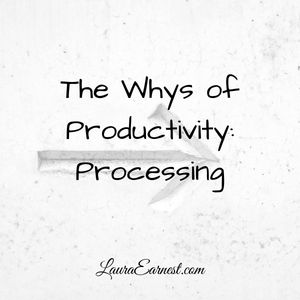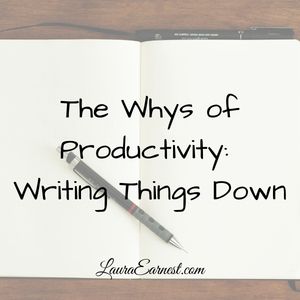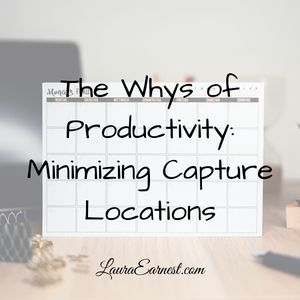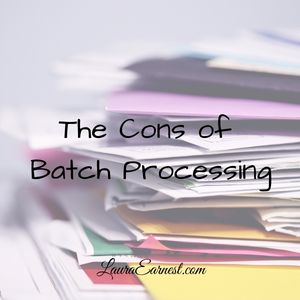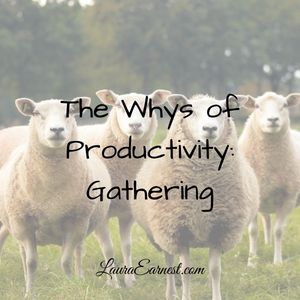Most of us have a whole lot of techniques for ways to get things done. Roles, goals, next action lists, someday/maybe lists, closed lists, timers, distraction blockers and most-important-tasks are some examples of these. These techniques fill a toolbox, and often times people will bicker about which tool is best.
There are some basics points that should be considered:


